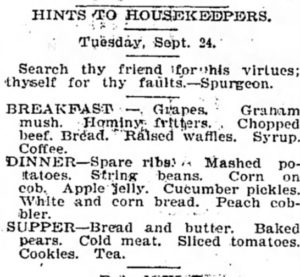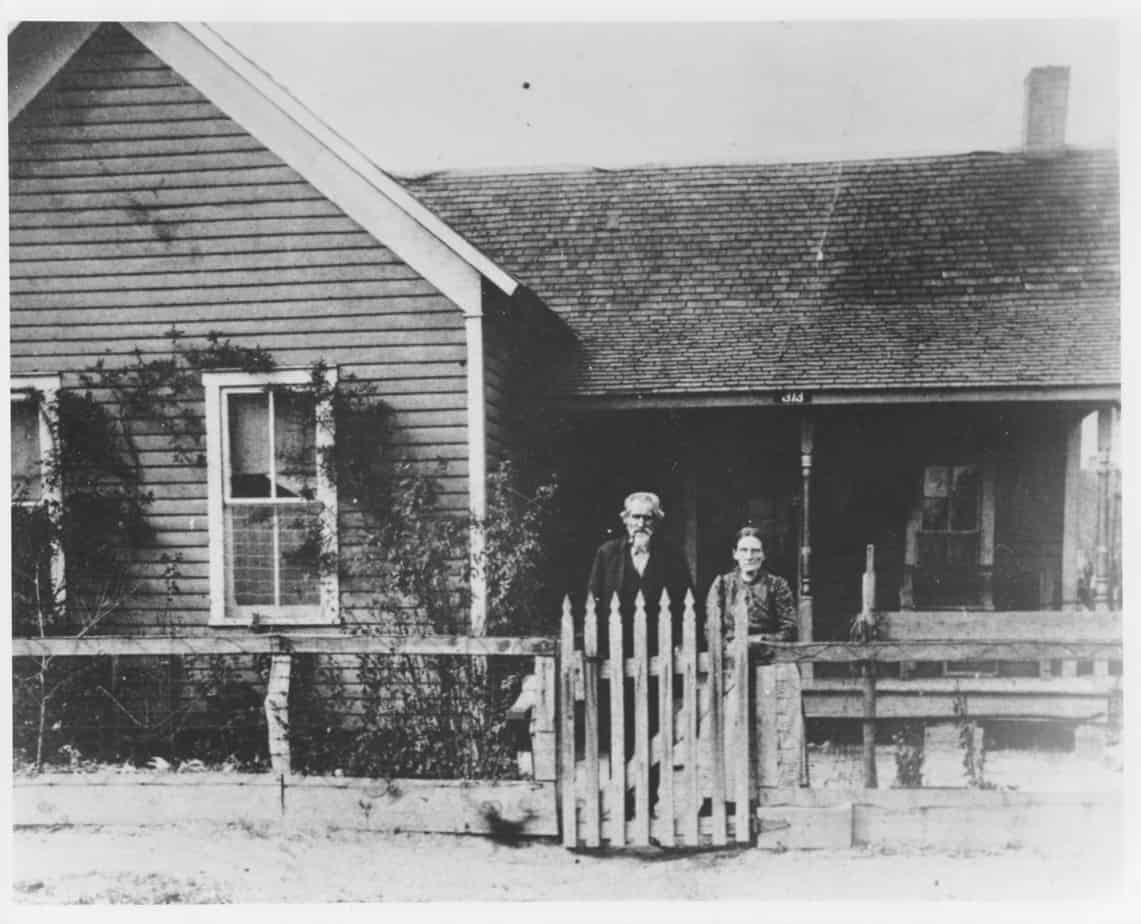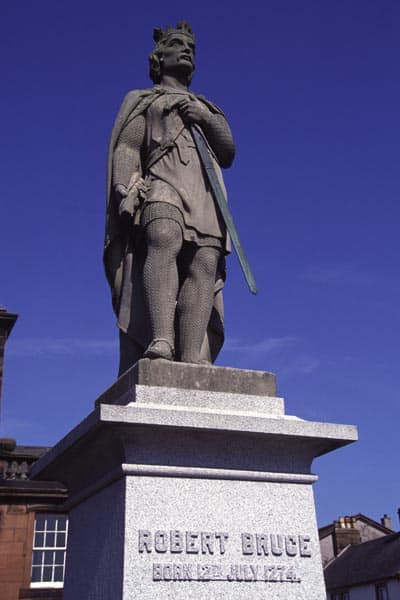Food History: 19th Century Menu from Tennessee
Can you imagine eating Graham mush for breakfast?
While heritage cookbooks are a great way to understand our food history, newspapers offer both the “what we ate” along with the “how we lived” aspects of life during days gone past. This example of a 19th century menu is from The Tennessean newspaper, Tuesday, September 24, 1895, page 8.
Food History: 1985 Breakfast
Grapes, graham mush, hominy fritters, chopped beef, bread, raised waffles, syrup, coffee.
Food History: 1985 Dinner
Spare ribs, mashed potatoes, string beans, corn on cob, apple jelly, cucumber pickles, white and corn bread, peach cobbler.
Food History: 1985 Supper
Bread and butter, baked pears, cold meat, sliced tomatoes, cookies, tea.
Graham Mush
Most of this probably sounds at least somewhat familiar. Graham mush, however, may seem odd. Graham mush is made from boiling Graham flour in salted water until thick. It’s served warm or cold with milk and sugar (similar to our Midwestern grits), or allowed to cook until very thick then cooled, sliced, and fried (think of polenta). Graham flour is a type of whole wheat flour named for Rev. Sylvester Graham (1794–1851), who was a very early dietician of sorts. Rev. Graham considered bleached flour to be of substantially lower nutrition than it’s whole counterpart … hmmm, he might have been on to something even then! Graham mush was a common breakfast dish in the 19th century.
19th Century Meals
Notice, too, that the heavy meal was in the middle of the day … lunchtime for us. We don’t eat this way anymore. In fact, many of us skip breakfast altogether (shame!), and eat larger meals for both lunch and dinner. Larger meals were needed, especially in rural and agricultural areas, during midday so workers had enough energy to get through the day. Evening meals often consisted of leftovers from the midday meal plus a few other lighter foods. My hubs would not have survived … he’s not at all fond of leftover anything!
I grew up having to translate meal terms. My grandparents ate dinner at lunch time and supper at dinner time. If you ever told them you’d be by for dinner, you better have been prepared to have lunch with them! These terms aren’t commonly used this way today where I live, but that, too, is different across the regions of the US. Traditionally, dinner is the largest meal of the day so it stands to reason we call our evening meal “dinner” … it’s typically the largest of the three we eat.
Regardless of what you call it, all of these foods from 1895 Tennessee tables are found on my breakfast/dinner/supper/lunch table throughout the year. In fact, I just made a batch of cucumber pickles this past Friday! Graham mush is probably the odd man out for me, but I do eat oatmeal and grits on a regular basis, and polenta less regularly … that’s close enough.





